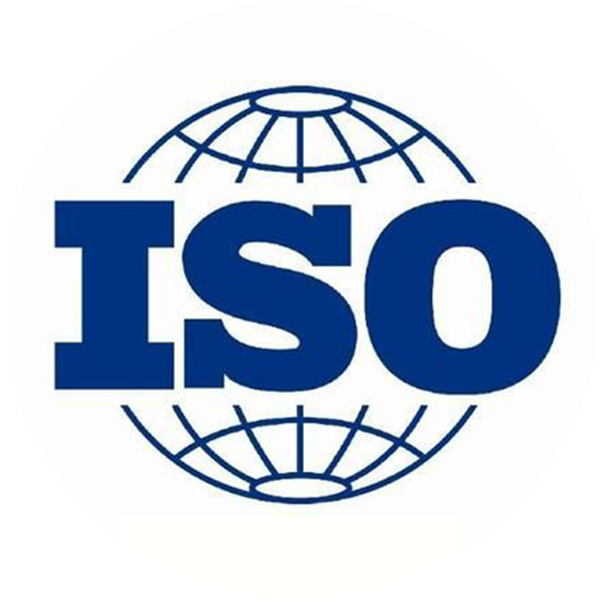NEWS
CU-Nickel, often referred to as cupronickel, is an alloy of copper and nickel with various applications and properties that make it useful in numerous industries. Here's a comprehensive overview:
Composition and Properties:
Composition: Cupronickel typically consists of copper (Cu) and nickel (Ni) in varying proportions. Common formulations include 90/10 (90% copper, 10% nickel) and 70/30 (70% copper, 30% nickel). Trace elements such as iron and manganese are sometimes added to enhance specific properties.
Properties:
Corrosion Resistance: One of the standout features of cupronickel is its excellent resistance to corrosion, particularly in seawater and marine environments. This makes it ideal for maritime applications.
Thermal Conductivity: Cupronickel alloys have good thermal conductivity, making them suitable for heat exchanger tubes.
Electrical Conductivity: While not as high as pure copper, cupronickel still maintains reasonable electrical conductivity.
Strength and Ductility: These alloys offer a good balance of strength and ductility, which can be further enhanced by cold working.
Applications:
Marine Engineering: Cupronickel is widely used in marine engineering for components such as piping, heat exchangers, and condenser tubes due to its resistance to biofouling and corrosion in seawater.
Coinage: Several countries use cupronickel for minting coins because of its durability, resistance to wear, and ability to maintain a bright, non-tarnishing finish.
Desalination Plants: The material's resistance to seawater corrosion makes it ideal for use in desalination plants where seawater is converted to fresh water.
Automotive and Aerospace: Cupronickel is used in automotive and aerospace applications for components that require resistance to high temperatures and corrosion.
Medical Equipment: Its biocompatibility makes it suitable for certain medical devices and implants.
Other Uses: Cupronickel is also used in musical instruments, particularly for making strings and reeds, and in various types of electrical and electronic equipment.
Specific Grades and Standards:
90/10 Cupronickel (C70600): Contains 90% copper and 10% nickel, with small amounts of iron and manganese to enhance strength and corrosion resistance.
70/30 Cupronickel (C71500): Contains 70% copper and 30% nickel, offering higher strength and even better corrosion resistance compared to the 90/10 alloy.
Fabrication and Machining:
Weldability: Cupronickel alloys can be welded using various methods, including gas tungsten arc welding (GTAW) and gas metal arc welding (GMAW).
Machining: While cupronickel is more challenging to machine than pure copper due to its strength and toughness, appropriate tooling and techniques can achieve good results.
Advantages and Challenges:
Advantages: Excellent corrosion resistance, good thermal and electrical conductivity, high strength, and durability.
Challenges: Higher cost compared to pure copper, more difficult to machine, and can be susceptible to stress corrosion cracking under certain conditions.
Cupronickel alloys are valuable materials across many industries due to their unique combination of properties, making them suitable for a wide range of demanding applications.
LOGO
This stunning beach house property is a true oasis, nestled in a serene coastal community with direct access to the beach.
Opening Hours
Monday - Friday : 9AM to 5PM
Sunday: Closed
Closed during holidays
Contact
+18888888888
hezuo@eyingbao.com123 West Street, Melbourne Victoria 3000 Australia
2018
Establishment time
200+
Number of Employees
3+
Subsidiaries
3,000 tons
Monthly Capacity
4+
Production Lines

Assurance
*We respect your confidentiality and all information are protected. Maybe the time difference, We will respond to your inquiry message within 12 hours at the latest.

